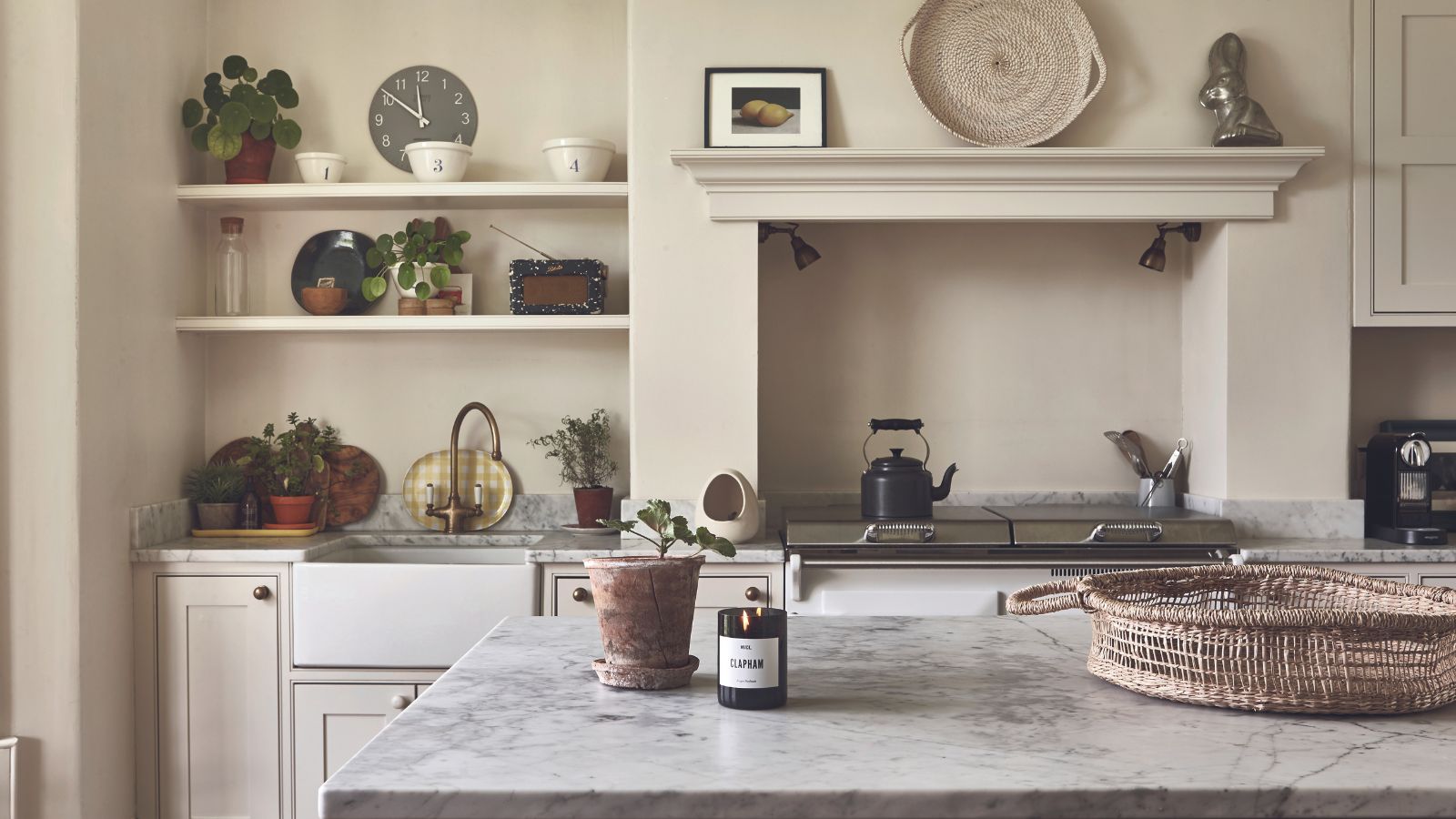
Stainless steel pots and pans not only work well – they look great too if you can avoid cleaning mistakes.
Non-toxic, durable and non-porous, steel cookware is resistant to bacterial growth, making it great for professional chefs and novice home cooks alike. But, how do you clean them without damaging them in the process?
I spoke to professional cleaners for their cleaning tips to take your stainless steel cookware from stained to sparkling, and make it look (almost) good as new.
7 stainless steel cleaning mistakes to avoid
1. Scrubbing with abrasive sponges

One of the main mistakes to avoid when cleaning kitchenware, in particular stainless steel, is using any kind of abrasive sponge or brush.
Steve Evans, owner of Memphis Maids, explains, 'These will create micro scratches, and they're just not necessary.' Instead, Evans recommends using a non-scratch scrubber, such as the Scrub Daddy Color Sponges available at Amazon, and wiping in a soft, circular motion.
Similarly, Carolina Kazimierksi, president and co-owner of Sophia's Cleaning Service, advises that stainless steel is one of the things to never use steel wool on, saying, 'While many people might not care as much about the aesthetic appearance of their cookware, I recommend sticking with softer cloths and brushes for cleaning if you're looking to keep stainless steel cookware in the best possible condition.'
All prices correct at time of publication.
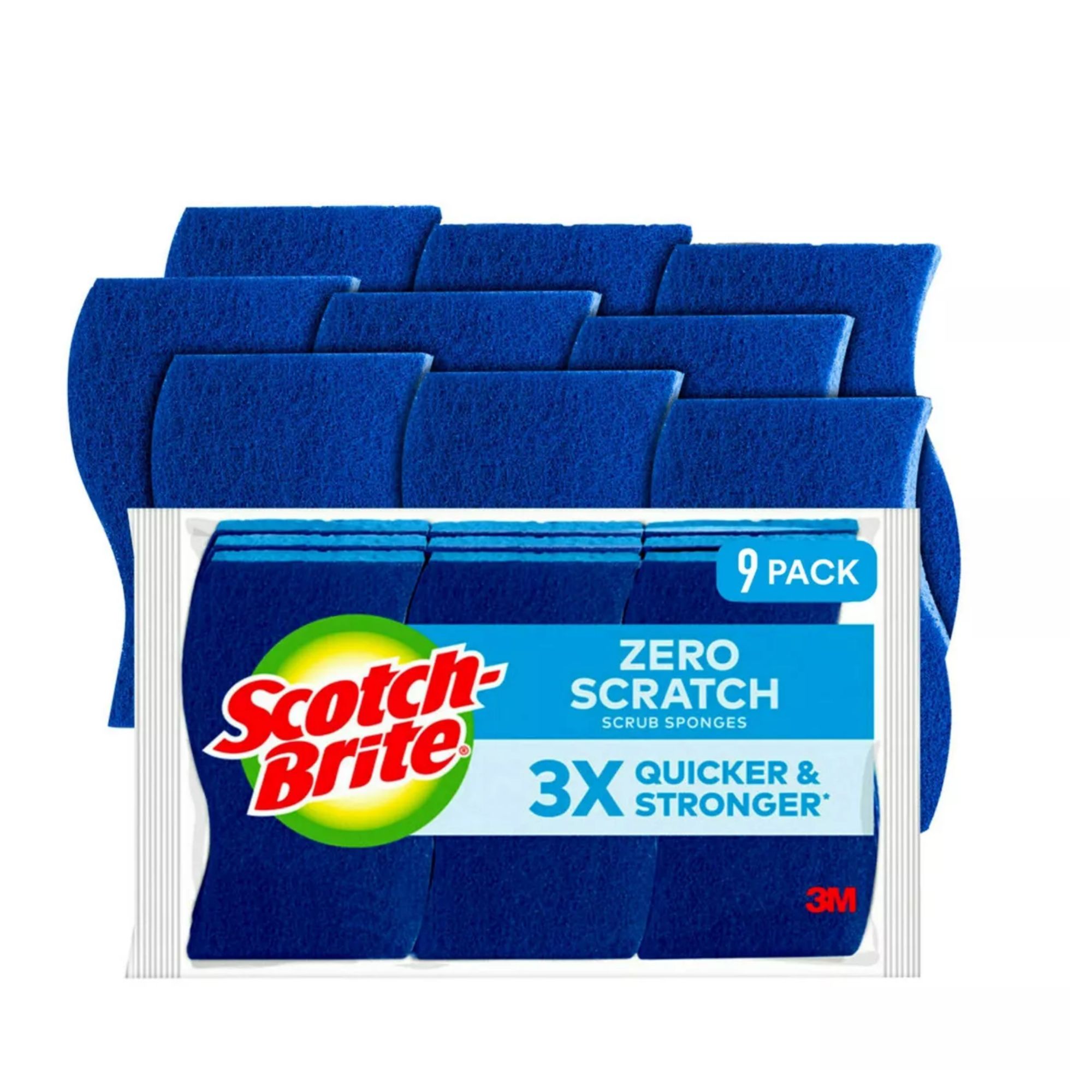
These dish sponges are ideal for cleaning stainless steel pans, and are made of 100% recycled content for a sustainable scrub.

The durable nylon brushes effortlessly removes baked-on spots and grease and grime, without damaging the surface of cookware.
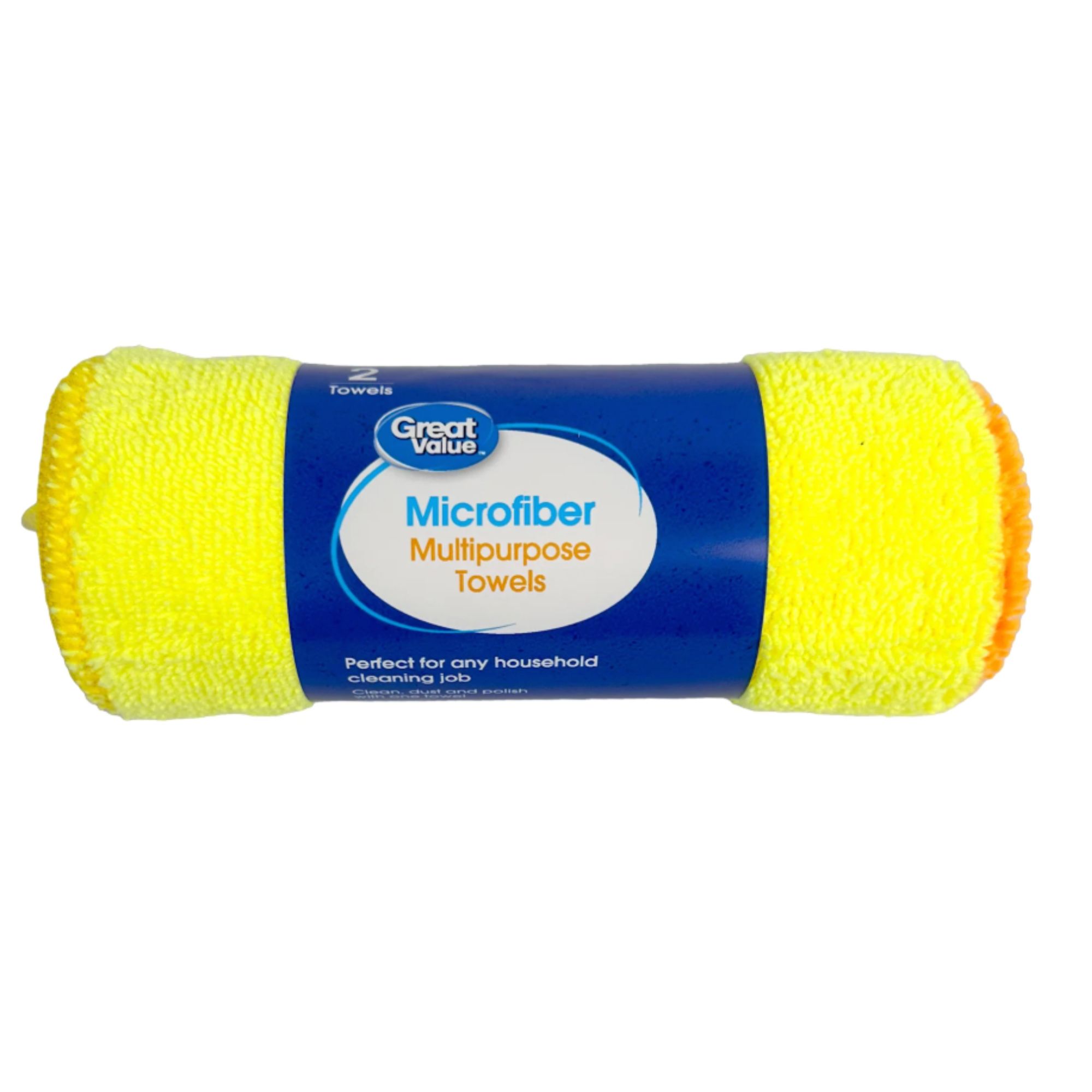
These microfiber cloths are useful for both washing and drying stainless steel cookware. They're absorbent and lint-free, so won't leave any residue.
2. Overheating your cookware during cleaning

Karina Toner, cleaning expert and operations manager at Spekless, says, 'Using extremely hot water or overheating an empty pan while cleaning can cause discoloration (rainbow or blue stains) on stainless steel.'
To avoid this, always let cookware cool down before cleaning, and use warm – not boiling – water to wash and rinse.
If your cookware is already discolored, Toner recommends using Bar Keepers Friend Superior Cookware Cleanser & Polish available at Amazon, to effectively remove discoloration without damaging the surface, which also works well to clean a burnt stainless steel pan, too.
3. Using strong chemicals

Stainless steel pots, pans and other cookware are items to never clean with bleach, says Steven Ip, owner of Cleanzen Boston Cleaning Services.
He warns, 'Bleach or any cleaners with strong chemicals can cause the metal to corrode or get damaged. Avoid these entirely!'
Instead, stainless steel is one of the things you can clean with the Pink Stuff, which will remove stubborn stains without causing any damage.
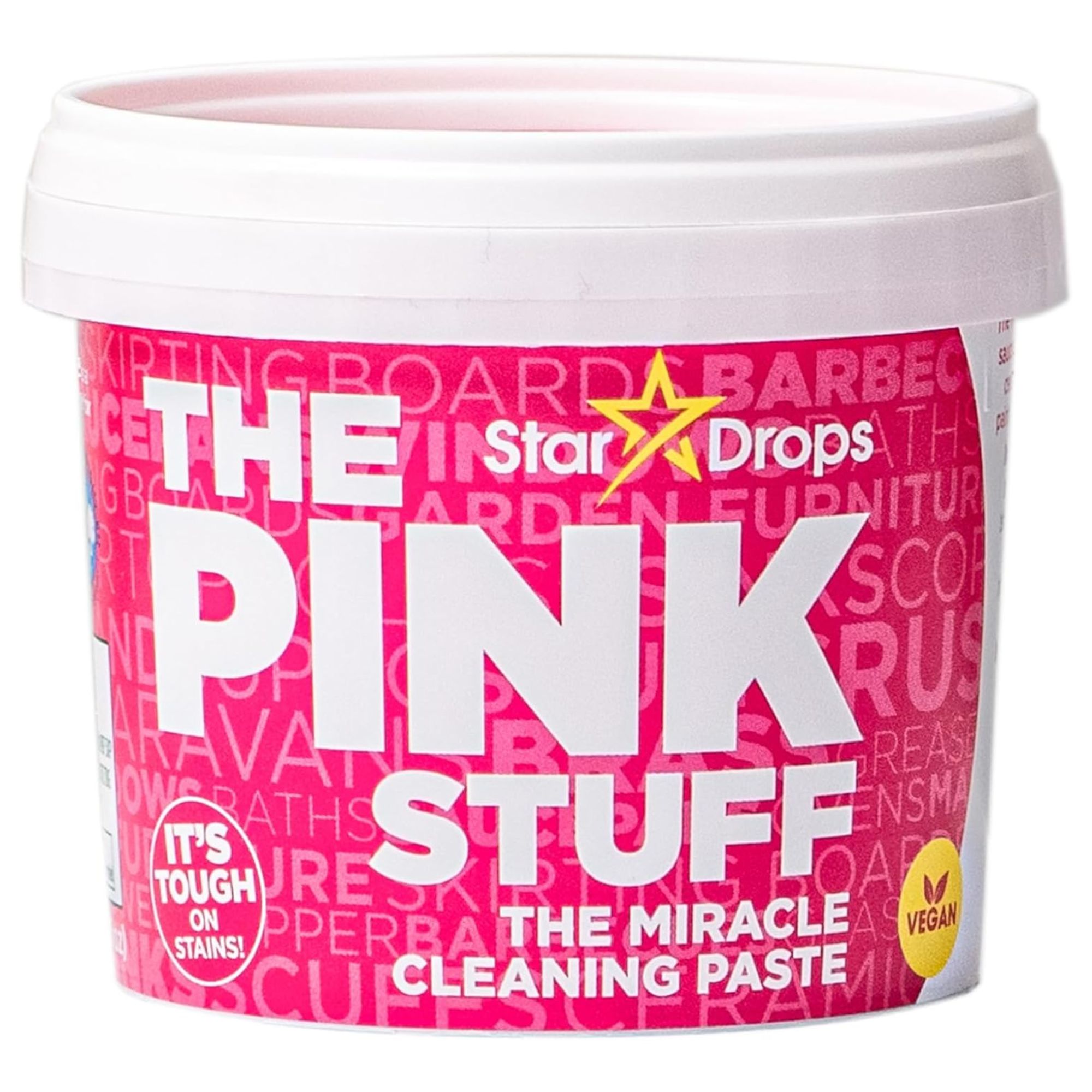
This number one bestselling cleaning agent is gentle yet powerful, and can be used all around the home, from cleaning your kitchen to cleaning the bathroom.
4. Cooking with stainless steel incorrectly

While not necessarily a cleaning mistake per se, cleaning expert Evans advises that neglecting to use stainless steel cookware correctly when cooking will make cleaning it afterward much more difficult.
He says, 'Stainless steel is a fantastic material for cookware, but a mistake I can think of is people not using their cookware properly. You have to let it reach the right temperature, so your food won't stick to it.
'If you add a few drops of water, it should form small beads that slide across the surface. At that point, it's hot enough that food won't stick to it, which makes it easier to clean.'
Next time you're testing any party food recipes, trying your hand at Italian recipes, or simply cooking a midweek meal in your stainless steel pan, ensure it's up to the right temperature before adding any food, particularly high protein foods such as eggs, fish or meat, which can easily stick when pan frying.
5. Using excessive dish soap

While stainless steel certainly isn't one of the things you shouldn't clean with soap, Dan Schneider, cleaning expert and co-founder of Good Laundry advises against using too much.
He explains, 'Using excessive dish soap or skipping the rinse can leave behind residue that dulls the cookware over time. This residue may also impact the taste of your food.
'After washing, wash and pat dry with a soft towel to help retain the appearance of the shine. If maintained properly, the stainless steel cookware may also last longer.'
We also recommend using a natural dish soap, such as the Molly's Suds Liquid Dish Soap available at Amazon, rather than a stronger alternative, which has a mild pH and is gentle on both cookware and hands.
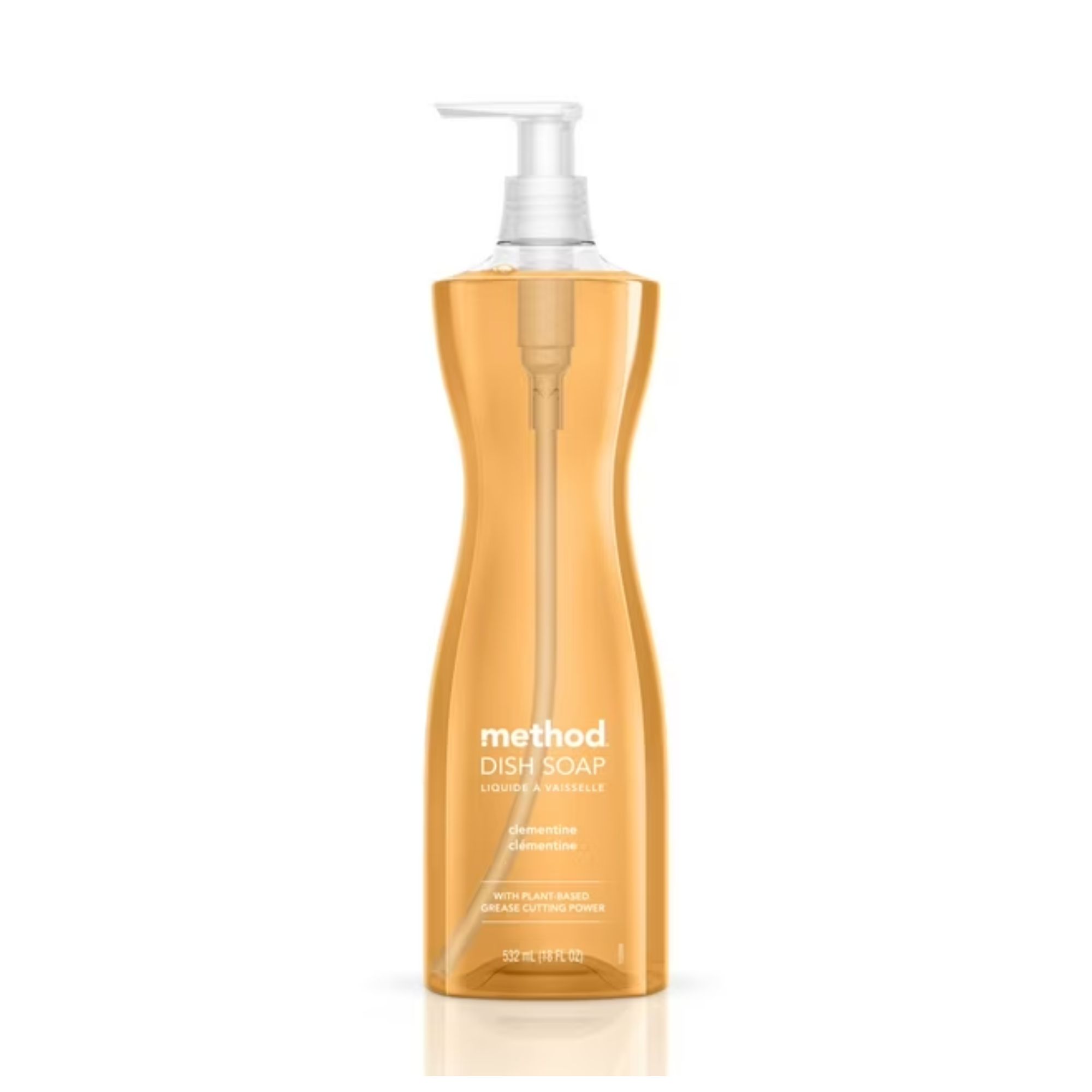
Packed full of plant-based cleaning power, this dish soap cruelty-free, vegan and made without parabens and phthalates.
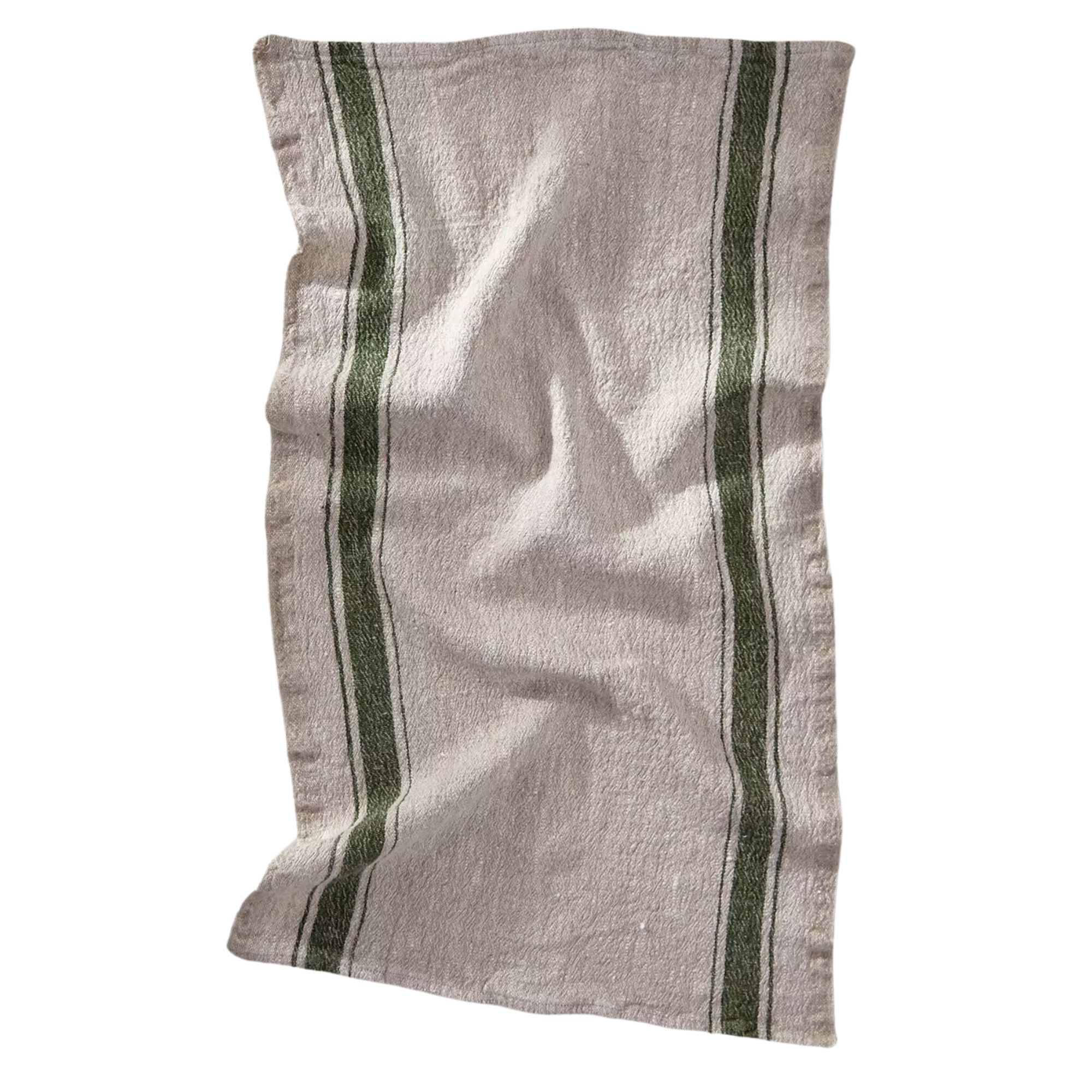
Made of woven linen, this dish towel is handmade by a family-run linen mill for a rustic, vintage look and feel.
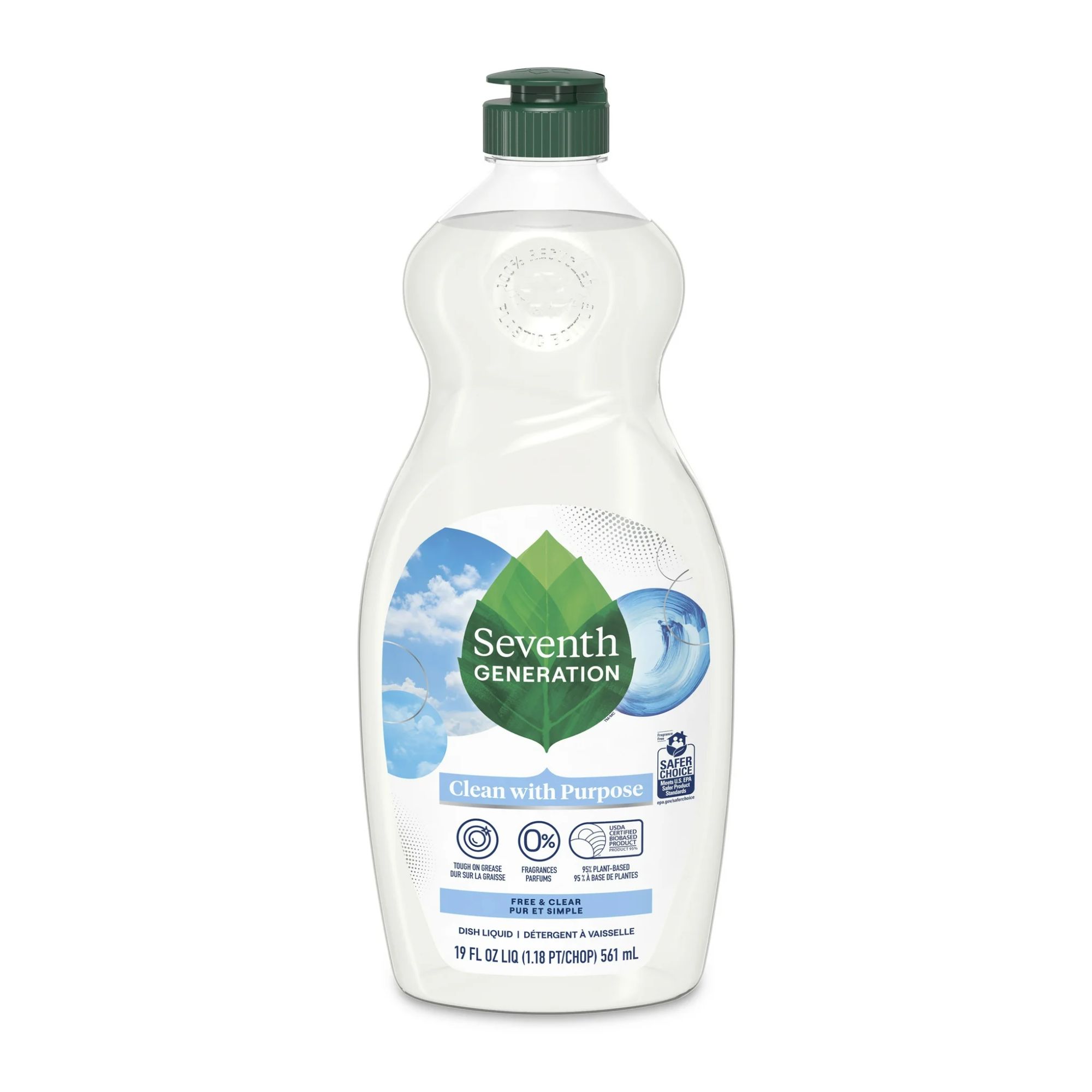
This 100% biodegradable formula is dermatologist tested, hypoallergenic, and powerful enough to tackle touch, dried-on food.
6. Cleaning a hot pan with cold water

Just as you shouldn't overheat your pan when washing it, it's also crucial not to cool it down too quickly, says cleaning expert Kazimierski.
'I think people underestimate just how delicate a material stainless steel can be,' she reveals. 'As with lots of other cookware materials, running cold water over a hot stainless steel pan can result in warping,' which is also why you shouldn't put stainless steel, or non-stick pans in the dishwasher.
'If you have a stainless steel pan that no longer sits flat on your burner, this could be the cause. This will result in uneven cooking and is a sign it's time to replace your pots and pans.'
Kazimierski recommends instead always allowing a hot pan to cool down to room temperature before putting it in the sink to clean. Moving it to a cold ring on your cooker while you eat will usually do the trick so by the time you're ready to wash up, it will have cooled down enough to prevent damage to the pan, or to your hands.
7. Cleaning with baking soda alone

While stainless steel cookware is one of things you can clean with baking soda, it's important to do so with caution.
Logan Taylor, founder of Dazzle Company, says, 'I would never recommend using baking soda alone to clean stainless steel cookware, as it is a mild abrasive that can also cause scratches and micro-abrasions.'
To avoid this, mix baking soda with water to form a past and apply it gently, which can also come in handy when cleaning a stainless steel sink. If you do prefer not to use chemicals, you can also clean stainless steel pans with vinegar, too.
'I often use a specialized stainless steel cleaner like Weiman Stainless Steel Cleaner and Polish available at Amazon for a shiny finish,' adds Taylor.
Castile soap, available at Amazon, is a non-toxic and extremely versatile cleaning agent. Its natural oils will combat grease, grime, and help polish up the stainless steel. Essential oils are brilliant for cleaning stainless steel.

This stainless steel cleaner has a pH-neutral formula, and can be used on surfaces, grills and appliances to remove grease, grime and oil.
FAQs
Why does my stainless steel pan never look clean?
If you're struggling to make your stainless steel pan look clean, no matter how hard you try, it's likely that you have hard water that is causing mineral buildup. This can be removed by cleaning with vinegar, and you may want to install a hard water filter such as the Brita Faucet Mount Water Filter for Sink available at Amazon.
Struggling to clean enameled cast iron? These coveted cookware items need special care, says our kitchen editor Lydia Hayman.







